SUMMARY
This is AI generated summarization, which may have errors. For context, always refer to the full article.
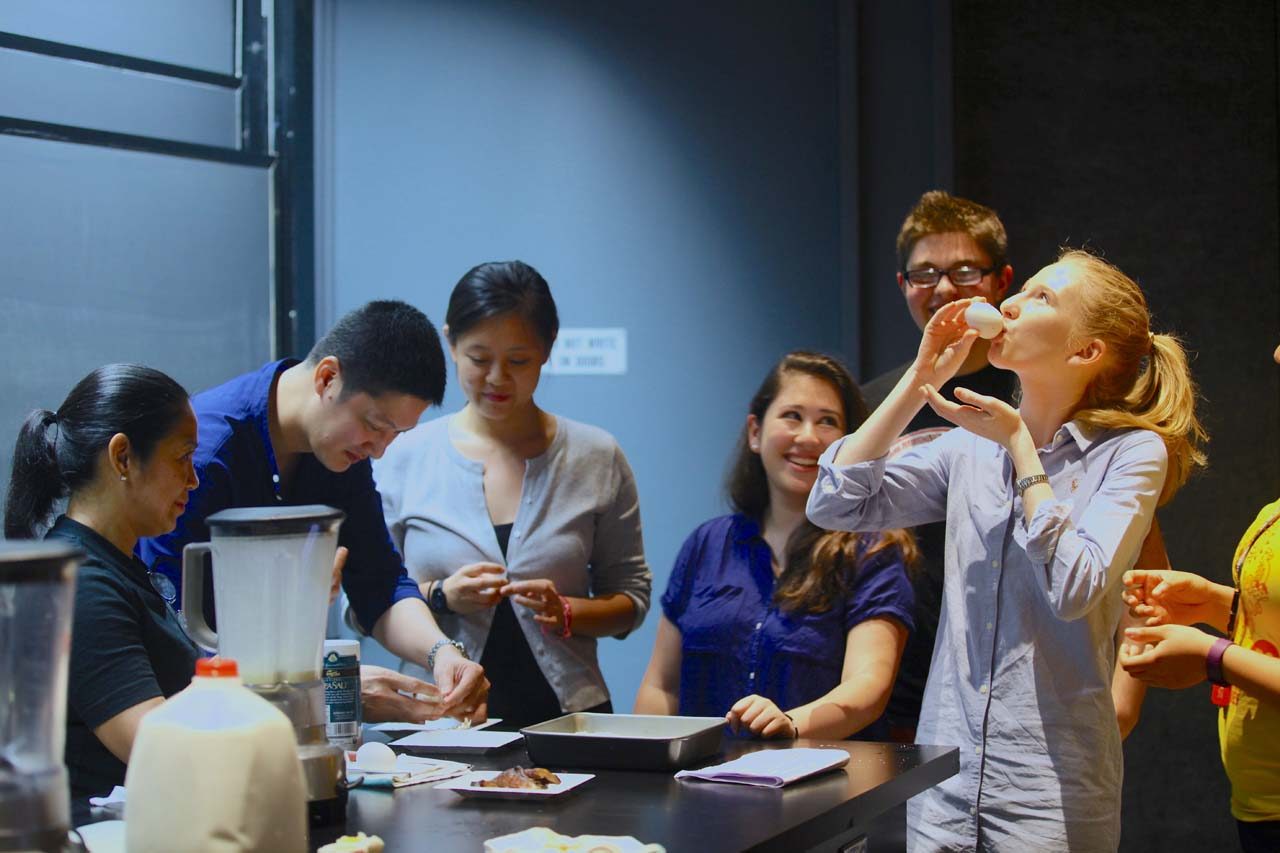
MASSACHUSETTS, USA – She did apologize for how “yucky” it looked, but in a gastronomic evening punctuated with ahhs and oohs, the Philippines’ Gaita Fores showed and served balut to curious Harvard students enrolled at the Science and Cooking: From Haute Cuisine to Soft Science Matter class.
Invited for the second time to this popular class and public lecture series, Asia’s best female chef for 2016 talked on Monday, September 25, about “Egg Transitions in Philippine Cooking,” making the brave decision to walk students and guests through how balut (duck embryo) is made in the Philippines – complete with visual aid. “Sorry, I know it’s yucky,” Fores said as she flashed pictures of the duck egg in transition from Day 1 to Day 18, when it is ripe for eating.
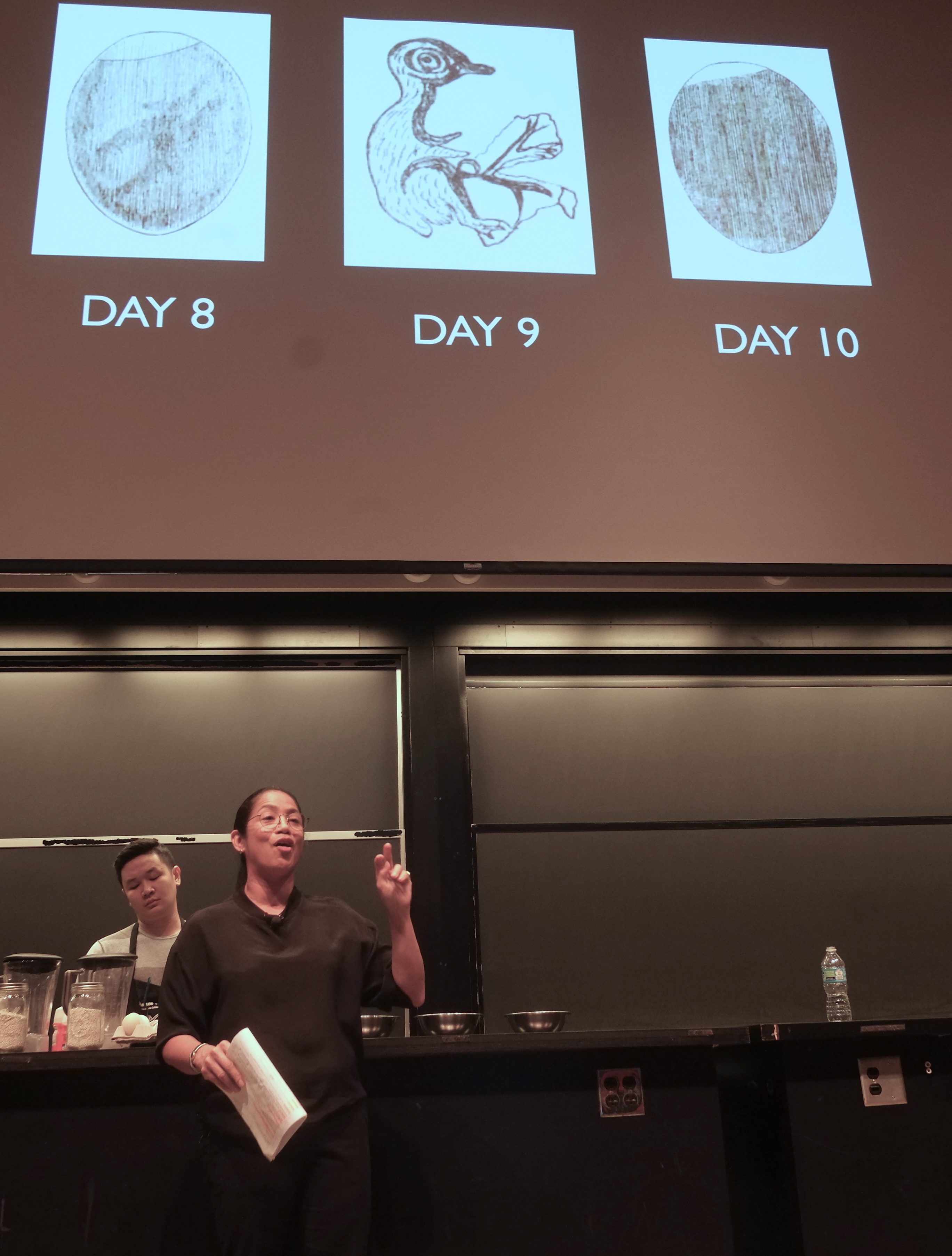
Yucky maybe, but yummy – gauging from how everyone relished what was eventually served in small paper plates, a stylized balut that only a Gaita Fores could get away with: pureed and served like a panna cotta, topped with Philippine bacon (pork smoked in pinewood and guava, which she told her audience is a delicacy in the Cordilleras).
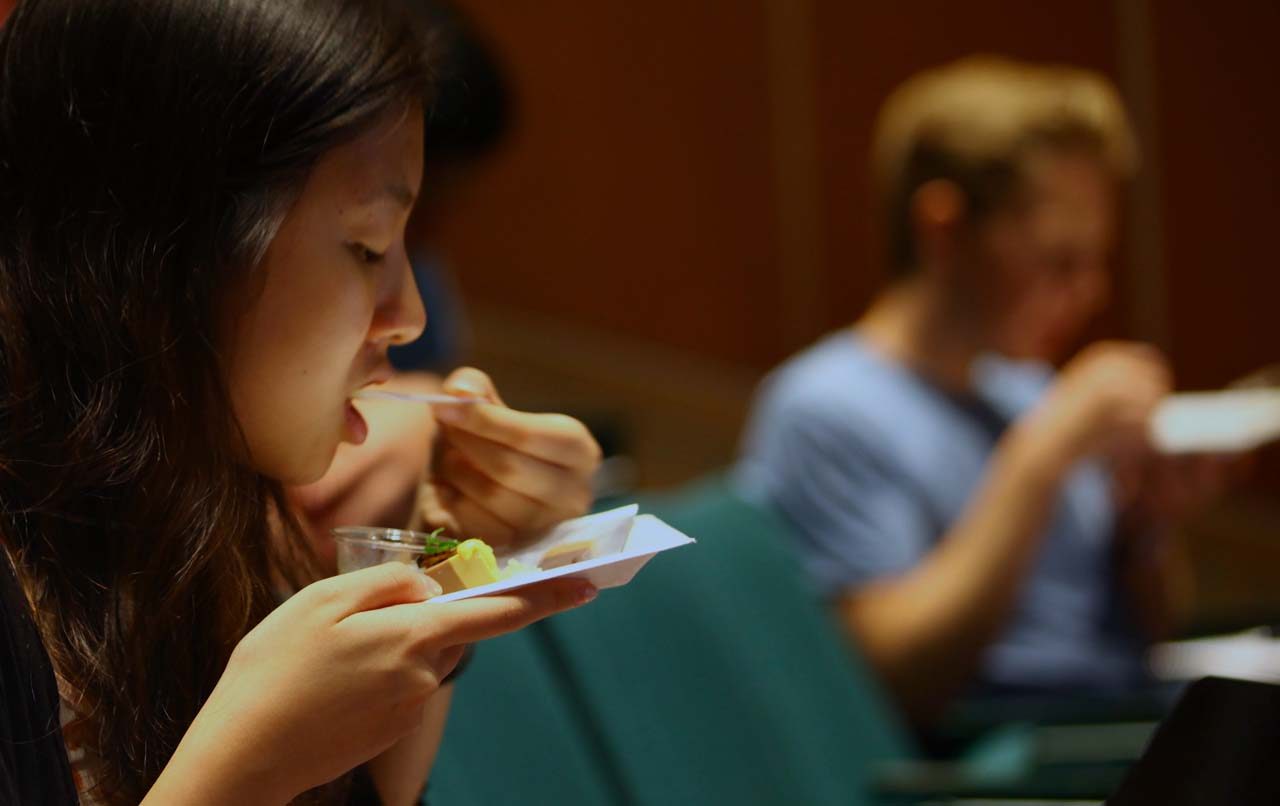
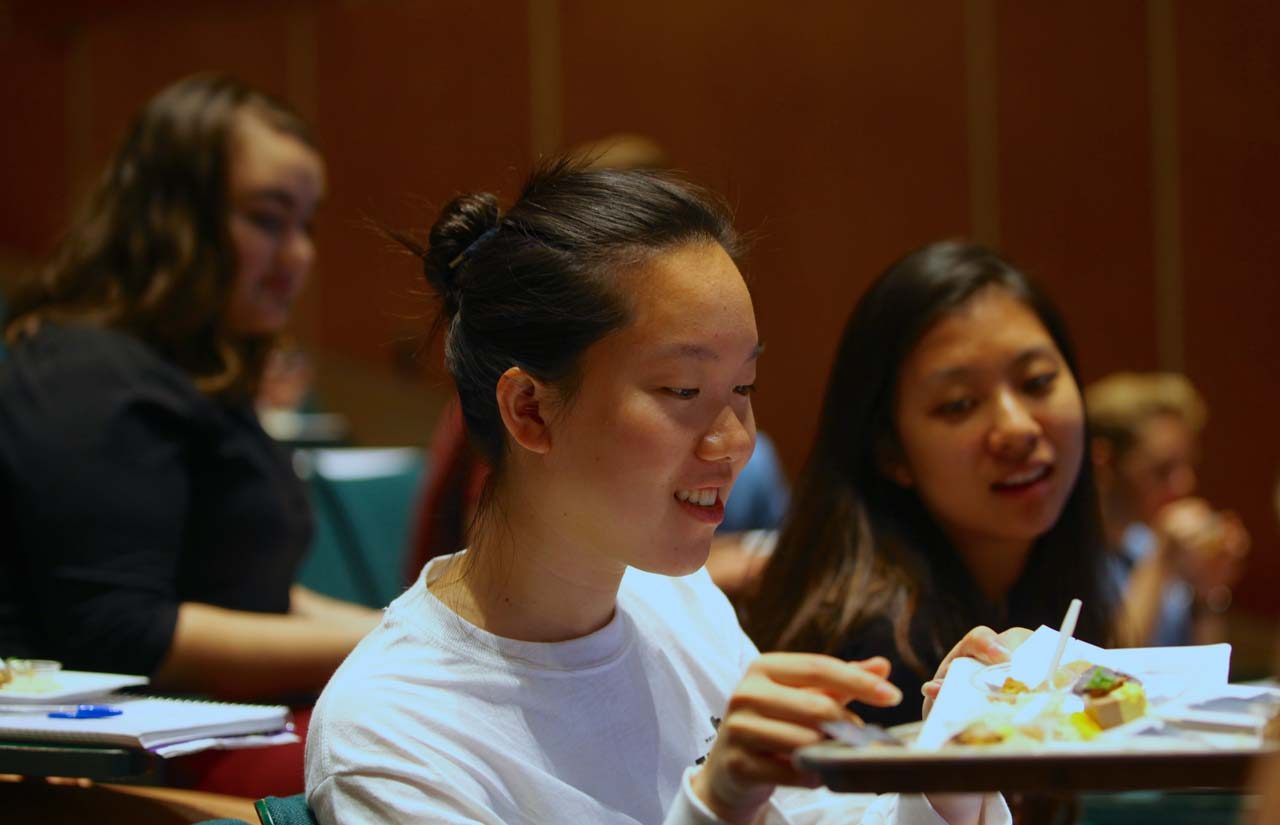
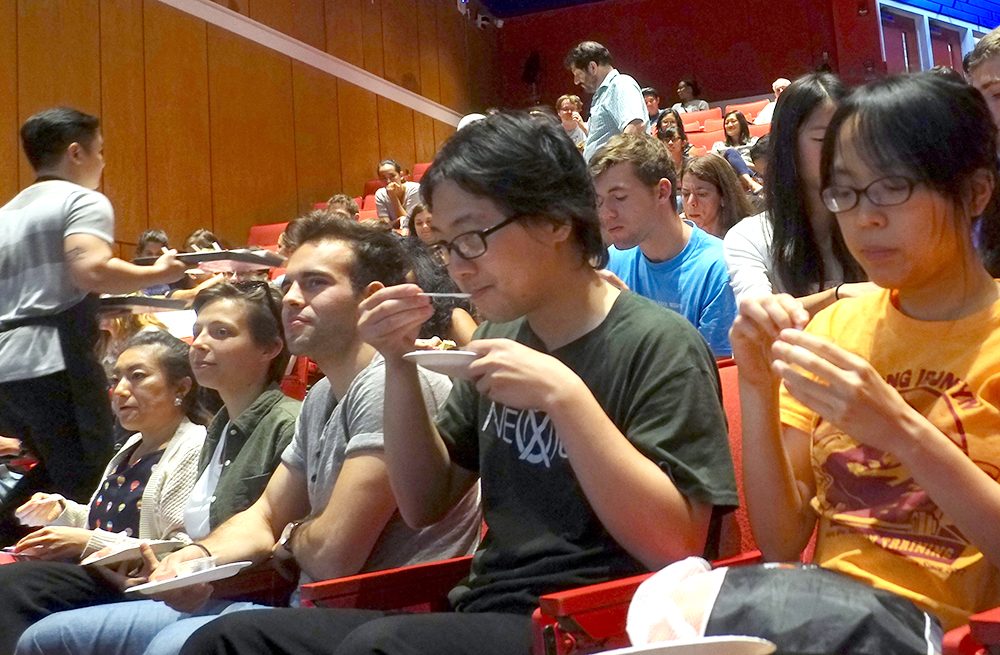
Students and guests gathered at the Science Center Lecture Hall C of Harvard University sat in silence – and awe – as Fores showed a video of her chat with the Capco family of Pateros, Taguig, the Philippines’ balut capital, which has been making balut for 3 generations now. (READ: 2017 Science and Cooking Public Lecture Series)
The Capcos still make them the old-fashioned way, storing duck eggs in bags of 100 in a dark room that’s kept warm by the eggs’ own heat as well as rice grain. Workers then check each embryo – alive or dead? – through a crude light. The dead embryo then becomes “penoy,” she told her audience, but true to the Filipino spirit, this isn’t wasted, as it is sold in the market as well.
“I’ve been to the Philippines many times and have avoided eating this balut,” an American guest told Rappler. Now he finished it in a gulp.
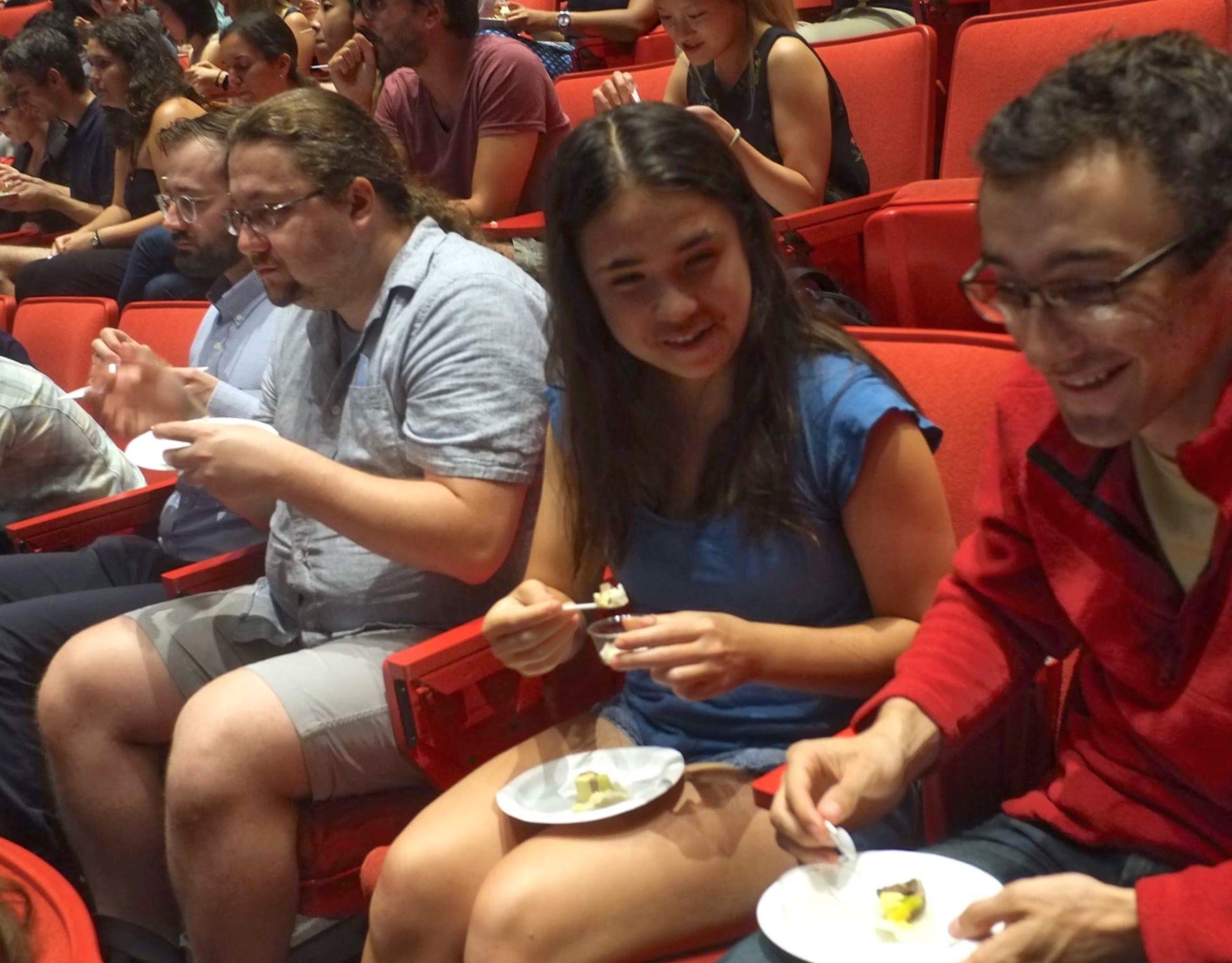
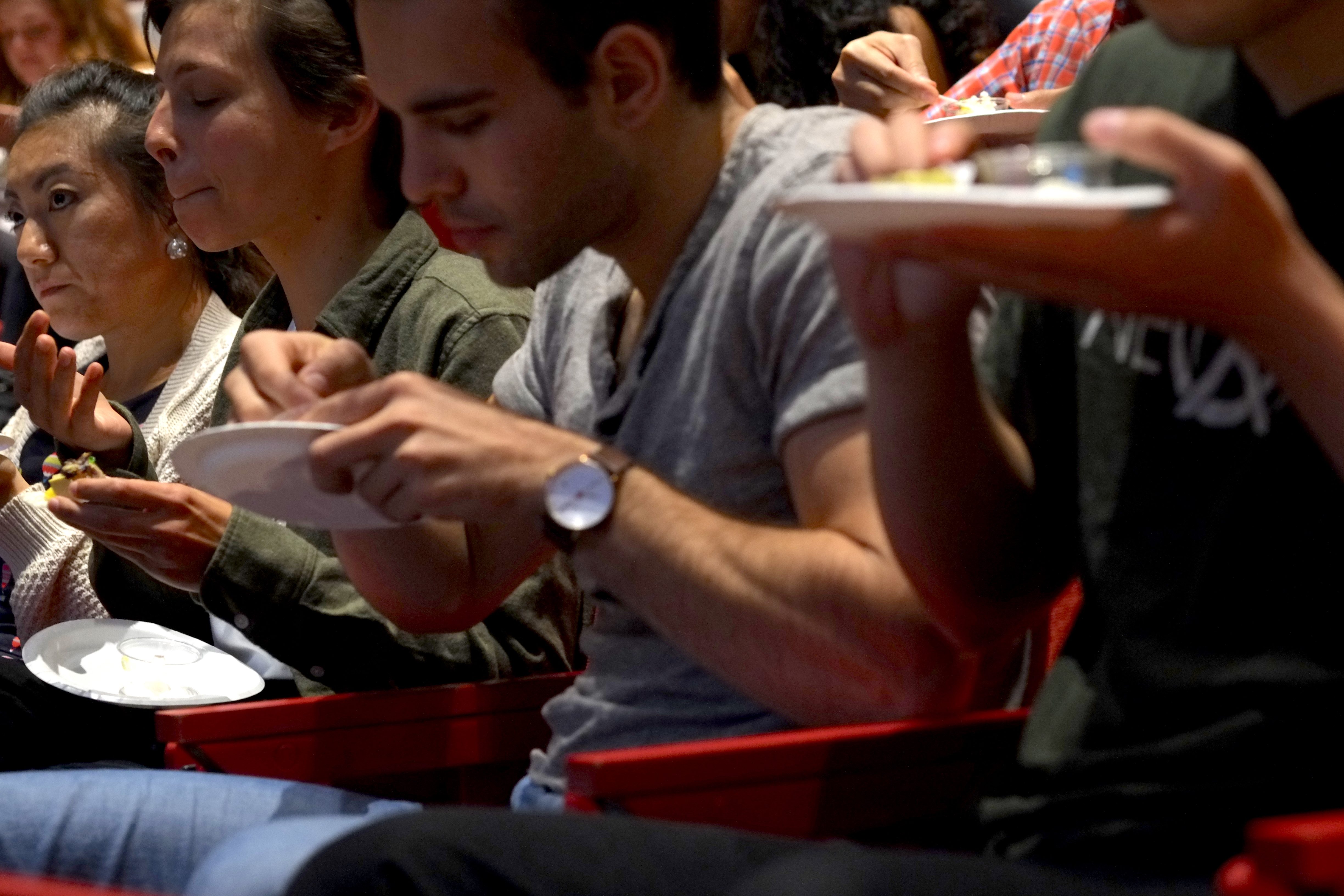
Did it taste good? Fores asked the students. They replied with hearty claps.
A short Q and A followed. Could you tell us again what we just ate, asked one, eliciting laughter. And naturally, the Harvard question: People would see this as a form of violence against animals, Fores was asked.
She acknowledged the concerns attached to it, saying she is committed to making more plant-based recipes – something that chefs shouldn’t trifle with “if we want to make the world a better place.”
So maybe next year at Harvard, Fores said, she can show an all-Filipino vegetable recipe. Fores said she’s confident she’d be able to bring more local ingredients, because, to her surprise, she breezed through the airport at Boston with all her luggage of balut and vinegar. – Glenda M. Gloria/Rappler
Add a comment
How does this make you feel?
There are no comments yet. Add your comment to start the conversation.